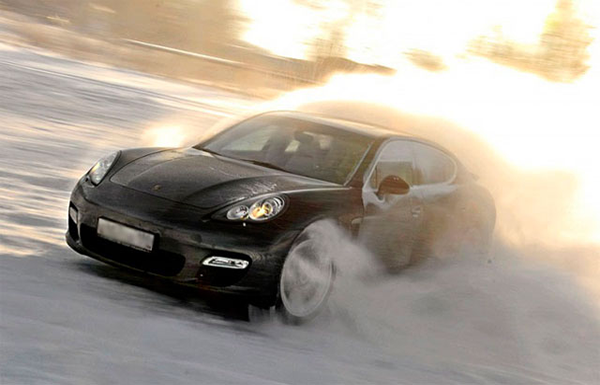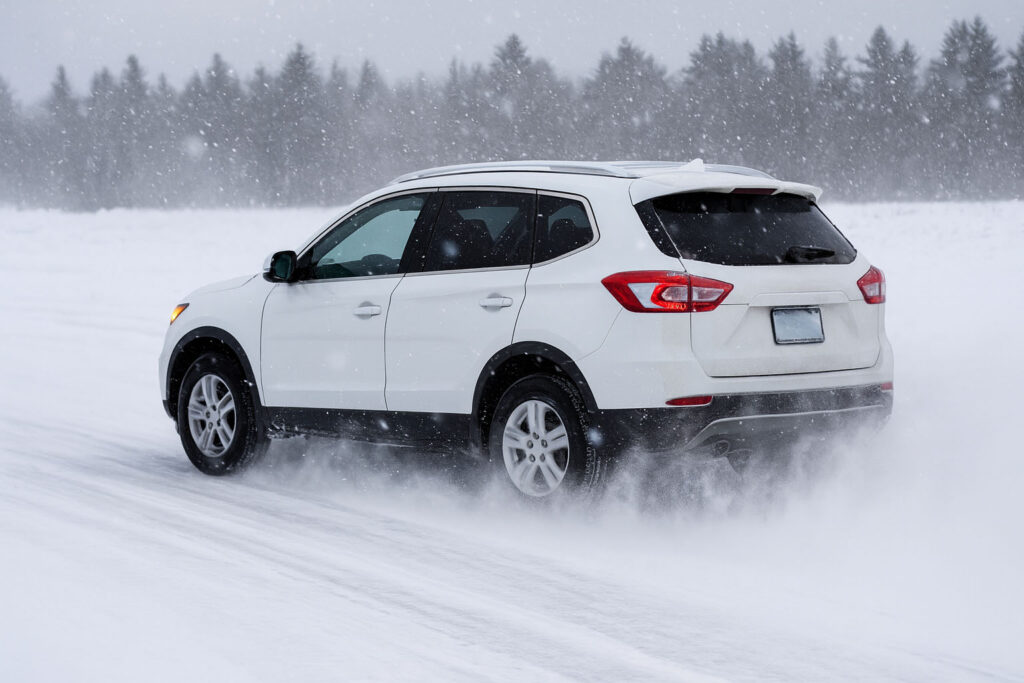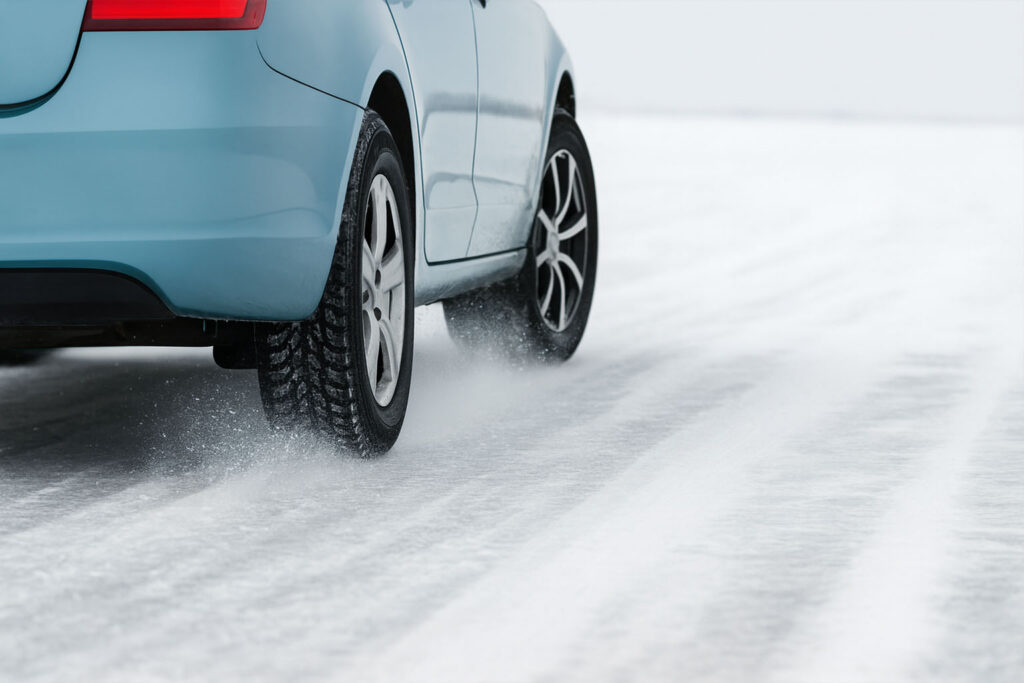 Winter is a time when the risk of driving and accidents increases due to icy roads, inexperienced drivers, faulty brake systems, and force majeure circumstances.
This article explores winter braking techniques and provides guidance on how to act correctly in different situations.
Winter is a time when the risk of driving and accidents increases due to icy roads, inexperienced drivers, faulty brake systems, and force majeure circumstances.
This article explores winter braking techniques and provides guidance on how to act correctly in different situations.
Proper Braking
In winter, you should never press the brake pedal sharply, especially on icy roads. Always brake smoothly, since sudden braking locks the wheels and makes the car skid. Modern vehicles are equipped with ABS — an anti-lock braking system that prevents complete wheel lock-up. In winter, it’s better to brake using the engine. To perform proper engine braking:- gently release the accelerator pedal;
- shift to a lower gear.
Braking on Ice
 Braking on ice is difficult for beginners. Only through regular practice and self-analysis can drivers improve and react properly in emergencies.
You can use ABS on slippery roads, but stay alert — even ABS isn’t 100% effective.
Listen to the sound of the wheels. If you hear them locking up, release the brake pedal to regain control. Even with ABS, the braking distance may increase, as the system may not always respond correctly on slick surfaces. To stop effectively using ABS, press the brake pedal fully and engage the clutch — the system will begin pulsing automatically.
Braking on ice is difficult for beginners. Only through regular practice and self-analysis can drivers improve and react properly in emergencies.
You can use ABS on slippery roads, but stay alert — even ABS isn’t 100% effective.
Listen to the sound of the wheels. If you hear them locking up, release the brake pedal to regain control. Even with ABS, the braking distance may increase, as the system may not always respond correctly on slick surfaces. To stop effectively using ABS, press the brake pedal fully and engage the clutch — the system will begin pulsing automatically.
Engine Braking Method
Every driver should know how to brake with the engine in winter — it’s crucial for safety. Release the gas pedal and shift into a lower gear. This stops fuel supply but maintains torque through the transmission, transferring weight to the front wheels and improving stability. Unlike normal braking, the wheels are not locked by brake pads. Engine braking ensures a safer braking distance on icy roads.Driving Rules During a Skid
 A skid is the unintentional deviation of a car from its intended path. Knowing how to brake on ice — and staying calm — is essential.
A skid is the unintentional deviation of a car from its intended path. Knowing how to brake on ice — and staying calm — is essential.
- Remove your foot from the brake pedal.
- Don’t hold down the clutch — keep the braking smooth.
- Remember that the braking distance doubles on icy roads.
Main rules:
- Turn the steering wheel in the direction of the skid (if the rear slides left — steer left).
- For rear-wheel drive — reduce RPM; for front-wheel drive — increase it.
- Keep movements smooth but decisive when necessary.






